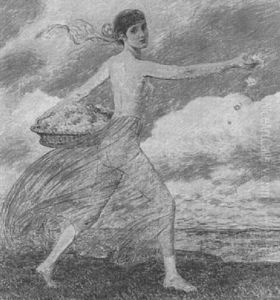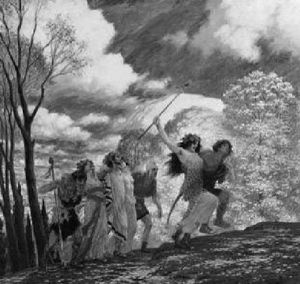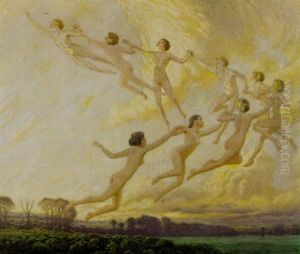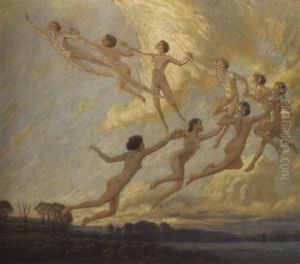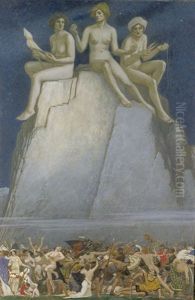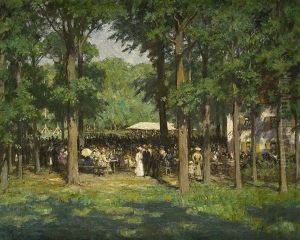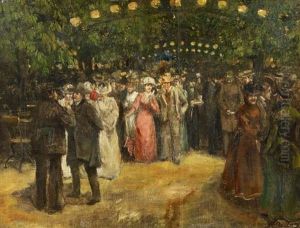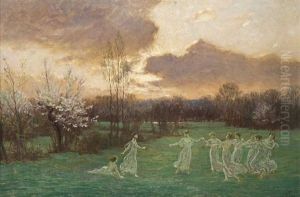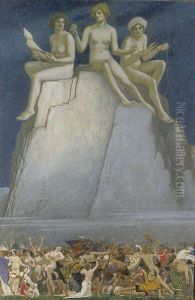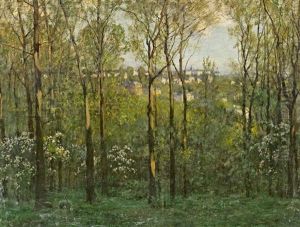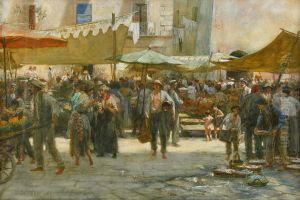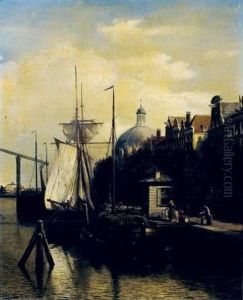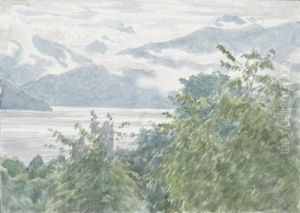Hans Deiters Paintings
Hans Deiters was a German painter born in the late 19th century, specifically in 1868, and passed away relatively young in 1922. His artistic journey is a reflection of the tumultuous times he lived in, marked by the transitions and upheavals of the early 20th century in Europe. Deiters' work is often associated with the Impressionist movement, although his style also exhibits characteristics of Post-Impressionism, with a distinct emphasis on light and color that was innovative for his time.
Growing up in Germany, Deiters was part of a generation of artists who were exploring new artistic expressions in response to the industrial changes and societal shifts occurring around them. He received his formal art education at the Royal Academy of Arts, which was a common path for many artists of his era seeking to refine their techniques and gain exposure to the broader European art scene.
Throughout his career, Deiters was known for his landscapes and scenes of everyday life, capturing the essence of the moment with a delicate sensitivity to light. His paintings often portrayed the German countryside and urban settings, reflecting a keen observation of his surroundings and a deep appreciation for nature. Despite the beauty and tranquility often depicted in his work, there was also an underlying sense of melancholy and introspection, perhaps a reflection of the personal and societal challenges he faced.
Deiters' contribution to the art world was significant, yet his name is not as widely recognized as some of his contemporaries. This could be attributed to his relatively short life and the overshadowing impact of World War I on the cultural landscape of Europe, which disrupted many artistic careers and shifted the focus of the art world. After his death in 1922, his work gradually received more recognition, particularly among collectors and scholars who appreciate the nuanced blend of Impressionism and Post-Impressionism that characterizes his oeuvre.
Despite the challenges, Hans Deiters left behind a body of work that continues to be appreciated for its emotional depth and technical mastery. His paintings serve as a poignant reminder of the beauty and complexity of the human experience, captured through the lens of a sensitive and talented artist navigating the changing tides of early 20th-century Europe.

